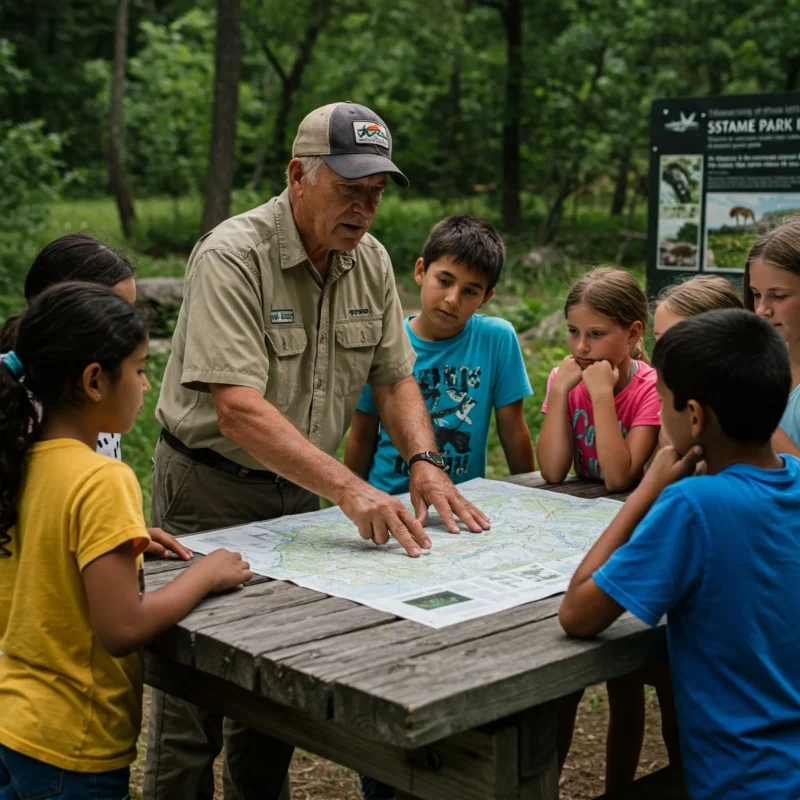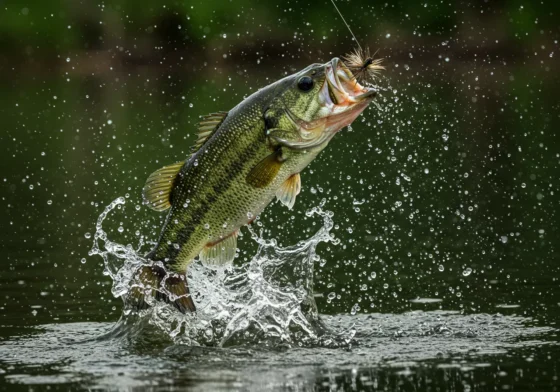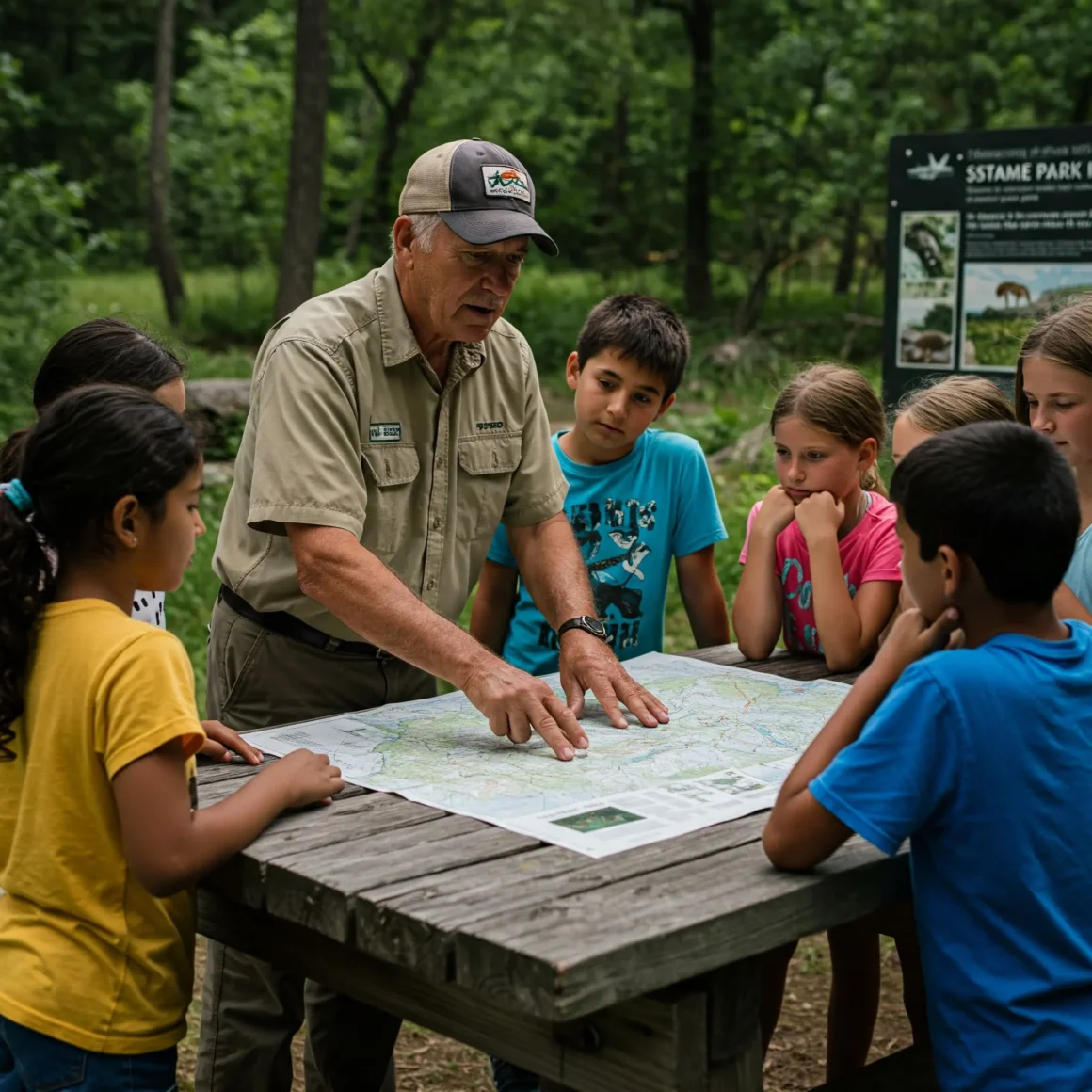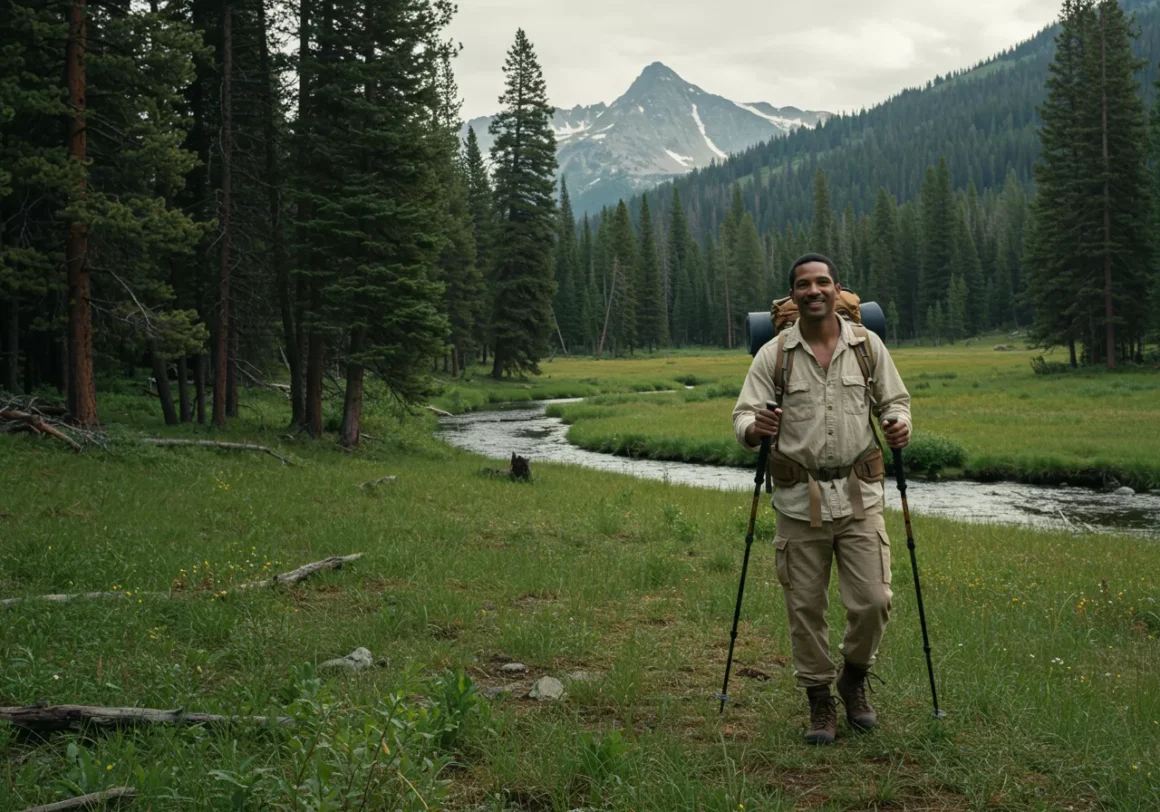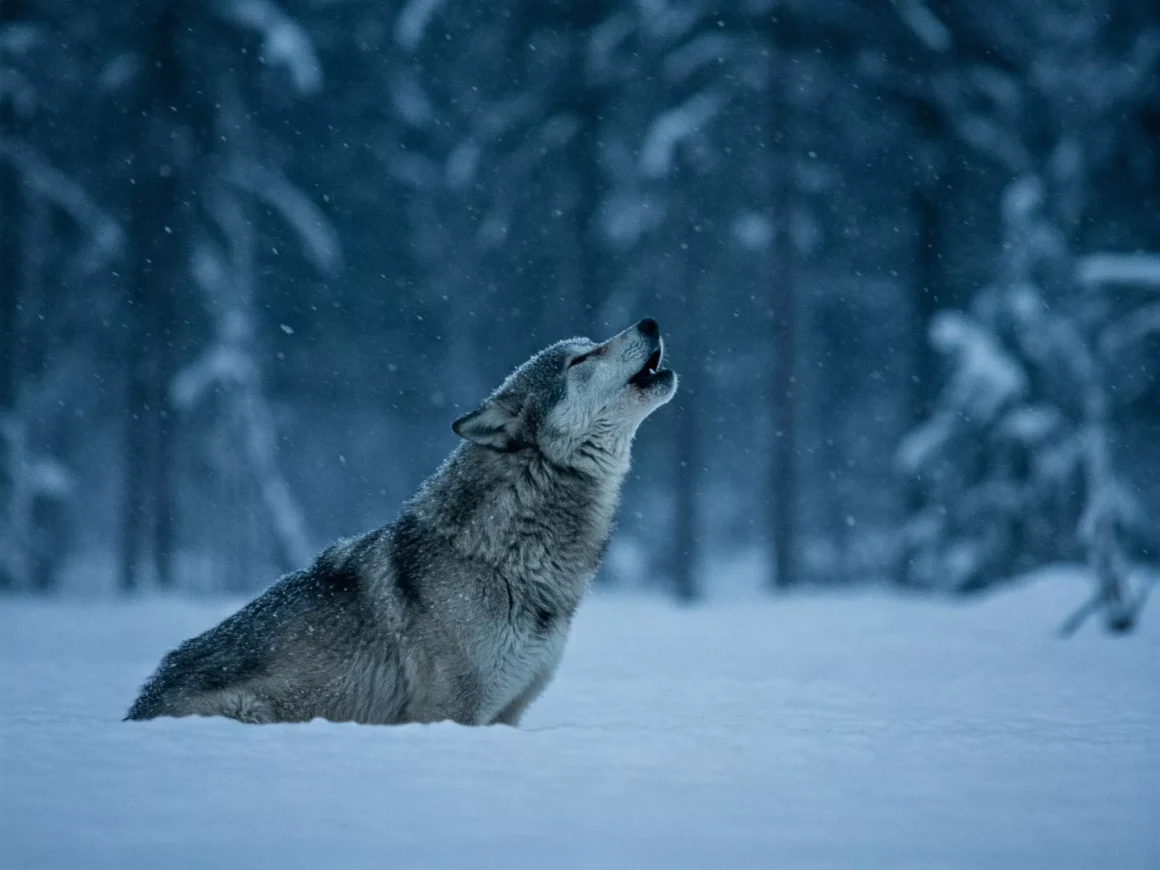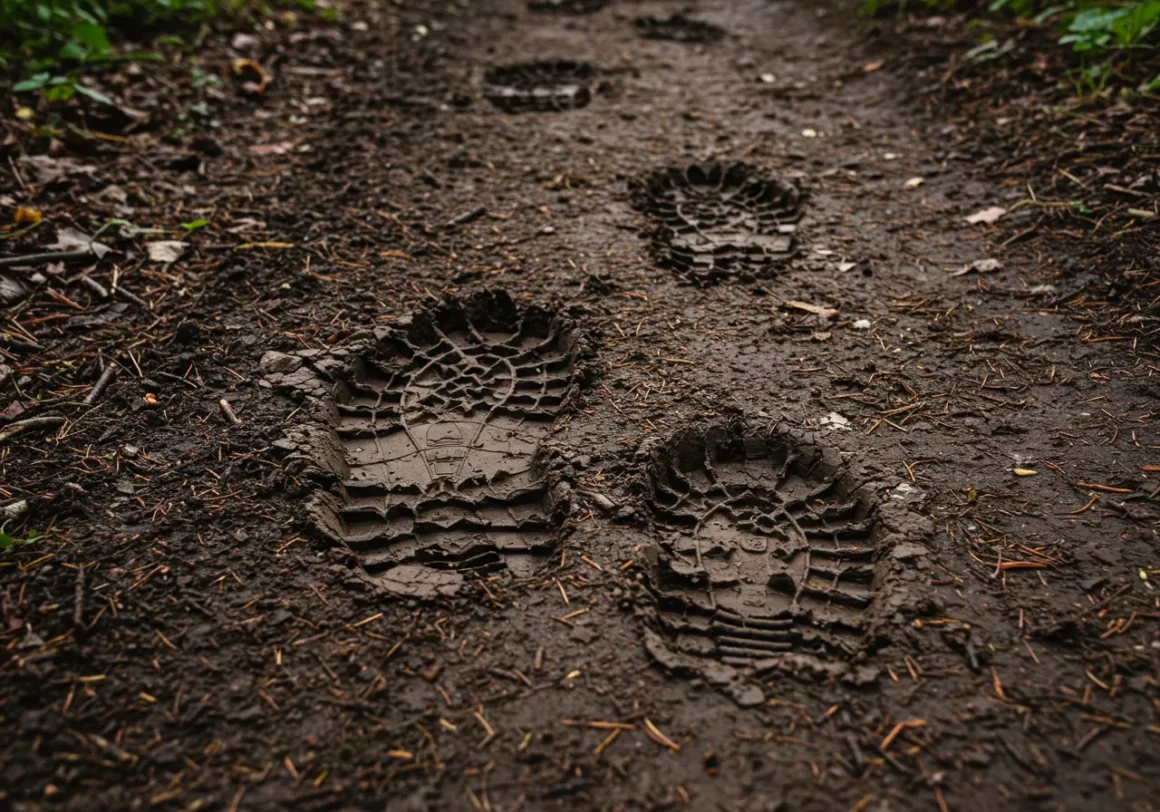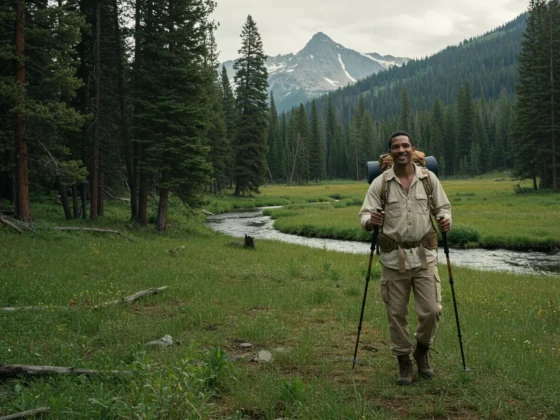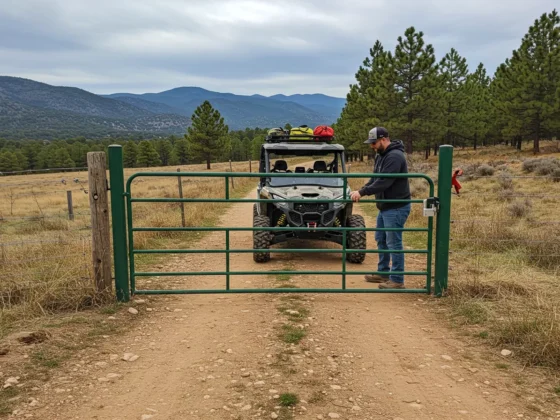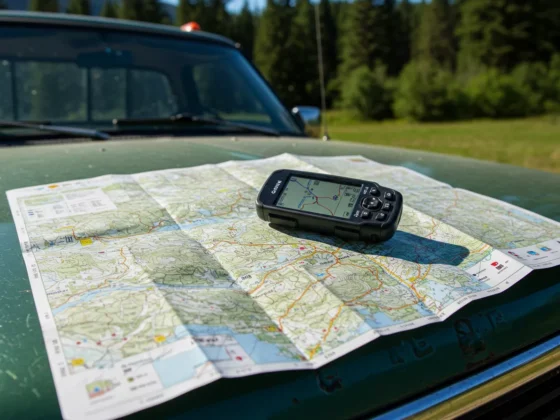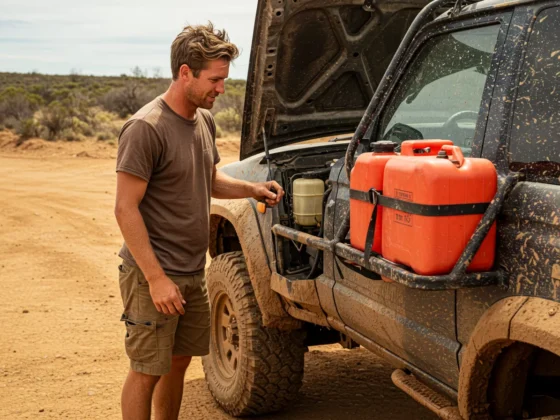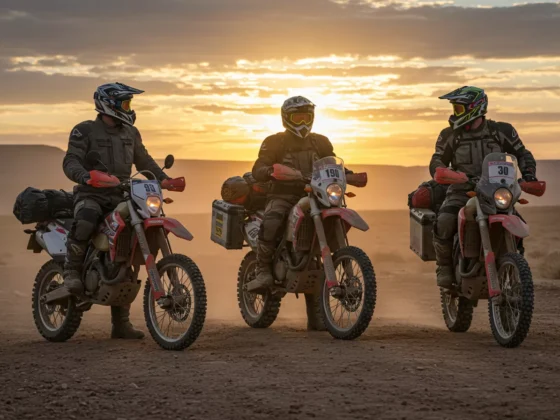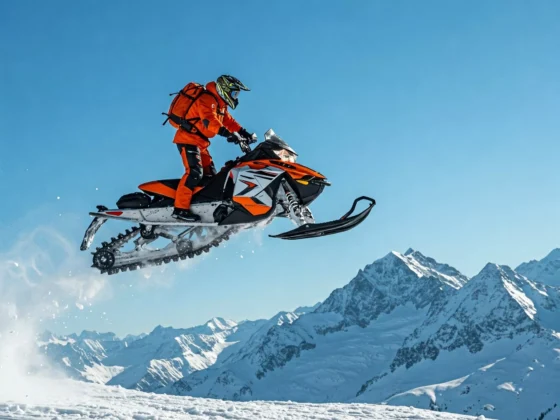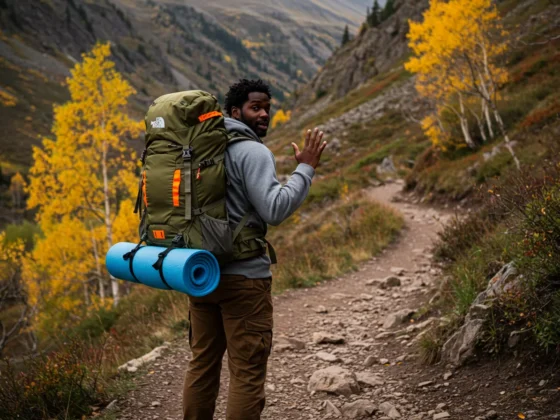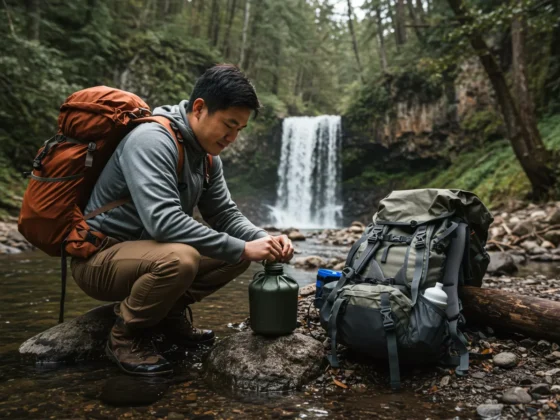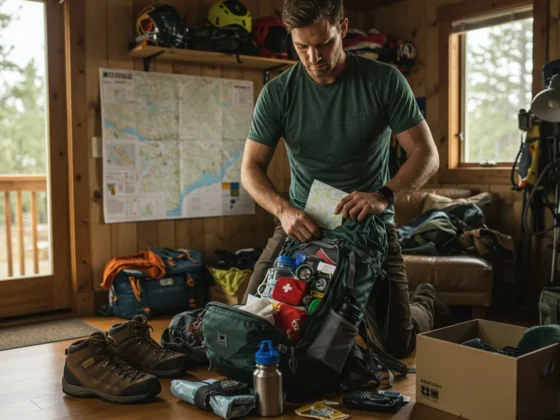Okay, let’s talk about one of the most rewarding parts of being an outdoorsman – sharing that passion and knowledge with the next wave. It’s not just about showing someone how to tie a knot or read a compass; it’s about opening their eyes to a whole world, building confidence, and fostering a respect for nature that’ll stick with them. Think of it as leaving a legacy, etched not in stone, but in shared sunrises and muddy boots.
We’ve all been there, fumbling with a new piece of gear or scratching our heads at a map. Someone, likely a patient soul with a few more miles on their boots, took the time to show us the ropes. Now, it’s our turn to be that guide. But how do you effectively pass on that hard-won wisdom without turning a eager learner into a bored, mosquito-bitten mess?
It’s less about being a drill sergeant and more about being a mentor. Here’s how I see it, broken down into a few key areas:
Setting the Stage: Making it Inviting
First off, you gotta make it fun. Nobody wants to be lectured on proper fire-starting techniques for an hour if they’re itching to explore. Start with something engaging. Maybe it’s identifying a cool bird, tracking animal prints, or even just finding the perfect skipping stones.
- Keep it short and sweet, especially for youngsters. Their attention spans might be shorter than a garter snake. Introduce one or two concepts per outing.
- Let them get hands-on. Don’t just show them how to set up a tent, let them wrestle with the poles (with a little guidance, of course). Mistakes are learning opportunities, and frankly, sometimes pretty funny.
- Connect it to something they care about. Are they into superheroes? Talk about how tracking skills are like having superpowers. Do they love snacks? Explain how learning to purify water means never being without a drink on an adventure.
The Nitty-Gritty: Teaching Core Skills
Once they’re hooked, you can start weaving in the fundamental skills. Think of the building blocks – the stuff that keeps you safe and comfortable outdoors.
- Safety First (Always!): This isn’t the most glamorous part, but it’s the most crucial.
- The “Stop” Rule: Teach them that if something feels unsafe or they’re unsure, the first step is to stop and ask. Empower them to voice concerns.
- Basic First Aid: Simple stuff like covering a scrape, identifying poison ivy (and what to do if you touch it), and knowing when to tell an adult something hurts.
- Buddy System: Instill the importance of staying together. It’s safer and, let’s be honest, more fun to share the experience.
- Navigation Basics: You don’t need to turn them into a wilderness cartographer overnight.
- Landmarks: Start by pointing out unique trees, rock formations, or bends in a trail. Help them build a mental map.
- Sun and Shadows: A simple way to understand direction. “The sun rises there, sets over here.”
- Basic Compass Use (Optional at first): For older kids, introduce the compass not as a magic arrow, but as a tool to confirm direction relative to a map (when you get to that stage).
- Shelter and Fire (Age Appropriate): These are primal skills and incredibly rewarding to learn.
- Shelter: Start with natural shelters – what makes a good spot to get out of the wind or rain? For older kids, introduce basic tarp setups or how to pick a good tent site.
- Fire: This requires close supervision! Teach the importance of clearing a safe area, the different types of tinder and kindling, and proper extinguishing. Maybe start with a magnifying glass on a sunny day to show them how heat works.
- Leave No Trace: This is non-negotiable. Teach them to respect the outdoors.
- Pack it in, pack it out: Whatever you bring with you, leaves with you.
- Stay on the trail: Protect the plants and soil.
- Respect wildlife: Observe from a distance.
Gear Talk: Tools of the Trade
Gear can be exciting, but it shouldn’t be the main focus initially. When you do introduce it, explain why you use something, not just how.
- The Right Footwear: blisters are a quick way to sour an outing. Talk about good socks and boots and why they matter.
- Layers are Your Friend: Explain how layering clothes helps regulate body temperature. Show them the difference between cotton (bad when wet!) and synthetics.
- The Humble Backpack: It’s not just a sack. Show them how to pack it so it’s comfortable and balanced. Let them carry some of their own gear – builds responsibility.
- Headlamps/Flashlights: These are often kid-favorites. Teach them to check batteries and use them safely.
Pro Tip: Let them help choose some of their own basic gear (within reason and budget, of course). Having ownership makes it more exciting. Maybe it’s their own water bottle, a small backpack, or a fun compass.
Overcoming Hurdles: Patience and Persistence
Let’s be real, it won’t always be smooth sailing. There will be whining, tripping, and probably a few meltdowns.
- Empathy is Key: Remember your own learning curve. What frustrated you? What helped you understand?
- Break it Down: If a skill is too complex, break it into smaller, more manageable steps.
- Celebrate Small Wins: Mastered a knot? High five! Identified a tree? Awesome! Positive reinforcement goes a long way.
- Know When to Call It: If everyone is tired, cold, or just not having fun, it’s okay to pack it in and try again another day. Pushing too hard can create negative associations.
The Legacy: More Than Just Skills
Ultimately, passing on outdoor knowledge isn’t just about creating mini-survivalists. It’s about fostering a connection to the natural world, building resilience, and creating shared memories that will last a lifetime. It’s about teaching them to appreciate the quiet of a forest, the power of a wave, and the simple pleasure of a campfire.
So, find a young person in your life – a child, a grandchild, a niece or nephew, a neighbor – and invite them along on your next adventure, big or small. Share your passion, your knowledge, and your respect for the outdoors. You’re not just teaching them skills; you’re giving them a gift that will keep on giving. And who knows, maybe one day they’ll be the ones passing it on.

